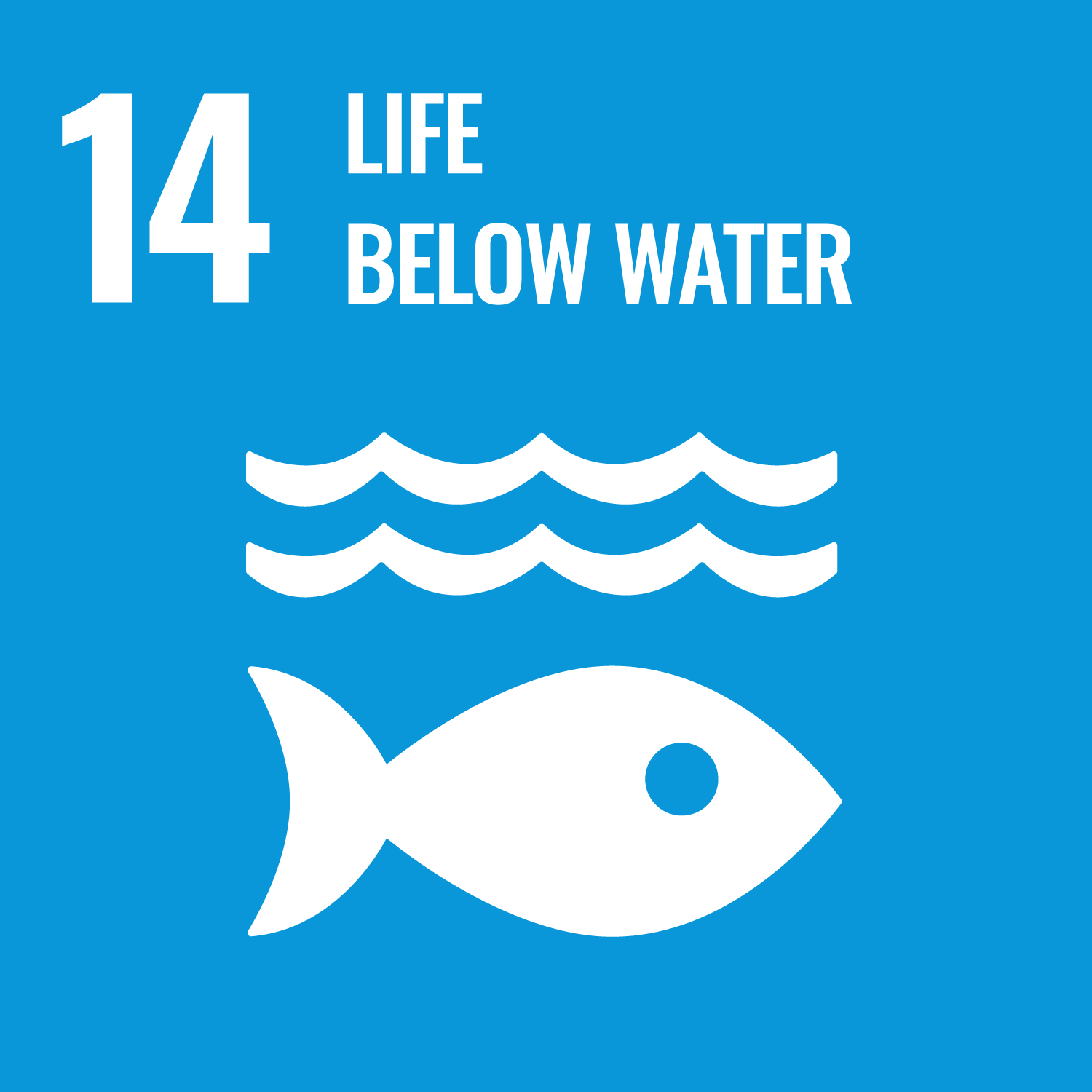ORCID
- Grant Garren January: 0000-0002-6569-7596
Abstract
The increasing emergence of new forms of multidrug resistance among human pathogenic bacteria, coupled with the consequent increase of infectious diseases, urgently requires the discovery and development of novel antimicrobial drugs with new modes of action. Most of the antibiotics currently available on the market were obtained from terrestrial organisms or derived semisynthetically from fermentation products. The isolation of microorganisms from previously unexplored habitats may lead to the discovery of lead structures with antibiotic activity. The deep-sea environment is a unique habitat, and deep-sea microorganisms, because of their adaptation to this extreme environment, have the potential to produce novel secondary metabolites with potent biological activities. This review covers novel antibiotics isolated from deep-sea microorganisms. The chemical classes of the compounds, their bioactivities, and the sources of organisms are outlined. Furthermore, the authors report recent advances in techniques and strategies for the exploitation of deep-sea microorganisms.
DOI Link
Publication Date
2018-09-29
Publication Title
Marine Drugs
Volume
16
Issue
10
ISSN
1660-3397
Acceptance Date
2018-09-27
Embargo Period
2021-08-10
First Page
355
Last Page
355
Recommended Citation
Tortorella, E., Tedesco, P., Palma, E., January, G., Fani, R., Jaspars, M., & de, P. (2018) 'Antibiotics from Deep-Sea Microorganisms: Current Discoveries and Perspectives', Marine Drugs, 16(10), pp. 355-355. Available at: 10.3390/md16100355


